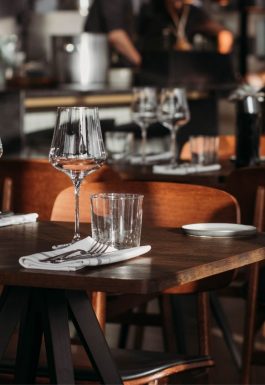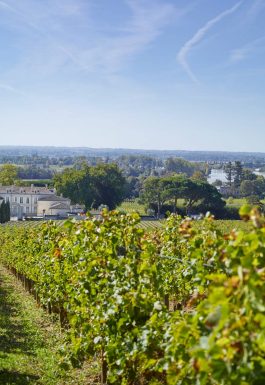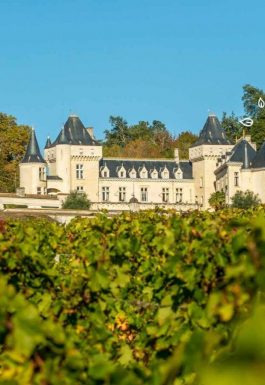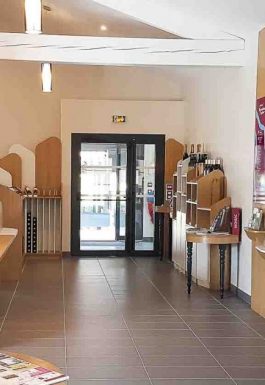Unmissable destination in New Aquitaine
The Grand Saint-Émilionnais is one of the leading destinations on the planet as a site known since the Middle Ages for its pilgrimages and its beverage. Between vineyards and waterways, along wooded hillsides and picturesque roads, the Greater Saint-Émilionnais stretches around the particularly well-preserved medieval town of Saint-Émilion.
Since 1999, the Jurisdiction of Saint-Émilion has been listed as a World Heritage Site for its cultural landscapes: a first for a vineyard!
![]()
The Dordogne (c) Saint-Emilion Tourism ![]()
Saint-Emilion (c) Anne Lanta ![]()
Vineyards of Saint-Emilion (c) Anne Lanta
The Greater Saint-Emilionnais
This vast territory of 238 km² extends between Libourne and Castillon-la-Bataille. His 22 exceptional villages offer a multitude of facets to visitors between vineyards, architectural heritage and large natural spaces. UNESCO has listed 8 of these municipalities as UNESCO World Heritage sites for their "cultural landscapes" and the Dordogne as a "biosphere reserve".
13 centuries of history and traditions
The landscapes, culture and lifestyle of Greater Saint-Émilion have been shaped and marked by the history and traditions of this territory. The installation of the hermit Emilion in the heart of an ancient forest, then of 5 religious orders, marked the architectural heritage of the territory as evidenced by monasteries, convents and churches. These cohabit with the more than 10 ha of vines that cover our territory and overlook some 000 km
of underground galleries in the territory.
![]()
Brunet Gate (c) Heurisko ![]()
Roy Tower and Bell Tower (c) Heurisko ![]()
The Great Walls (c) Heurisko
The most incredible monument remains themonolithic church : A underground religious building dug at the beginning of the 38th century in impressive proportions (12m long and 68m high). In the heart of the village of Saint-Émilion, the monolithic church recalls the religious activity of the town in the Middle Ages and intrigues with its unusual design. If it is revealed to the eyes of the visitor by the position of a XNUMX meter high bell tower, it then hides behind the elegance of three openings in the facade and an often closed Gothic portal. It's because the church is as surprising as it is fragile!

A gourmet destination
La gastronomy is inspired by the heritage and local terroir of the Greater Saint-Émilionnais. The wine thus occupies a large place and participates in this cuisine that will delight your taste buds. Three starred restaurants are part of the Tourist Office's partners: La Table de Pavie** and Le Logis de la Cadène* in Saint-Émilion, as well as L'Auberge Saint-Jean* in Saint-Jean-de-Blaignac!
Two local specialties will mark your stay with their taste:
- the Saint-Emilion macaroon whose recipe is passed down from generation to generation
- Bordeaux-style lamprey: a typical dish from Sainte-Terre concocted from a sea animal that appeared around 500 million years ago, the lamprey.
![]()
Lamprey Fisherman (c) Cabestan Farm ![]()
Saint-Emilion macaroons (c) Saint-Emilion Tourism
19 centuries of viticulture
THEexceptional aspect of the Saint-Émilion vineyard is explained by a remarkable geology combined with a microclimate perfectly adapted to the culture of the vine. It was the Romans who from the XNUMXnd century invested the local soil and planted the first vines there. There is no doubt that wine already occupied an important place in the Gallo-Roman era, although we only speak of monoculture in the Jurisdiction of Saint-Émilion from the XNUMXth century.
century.


































